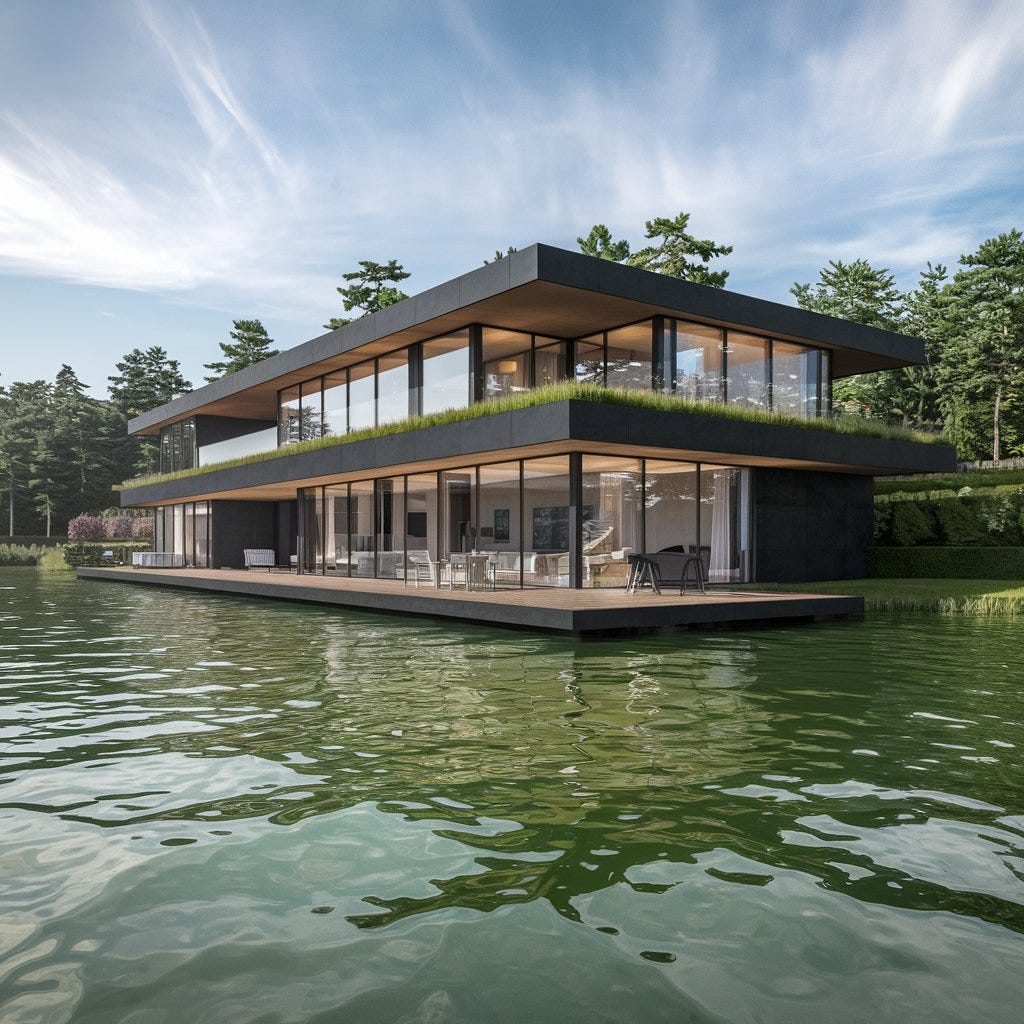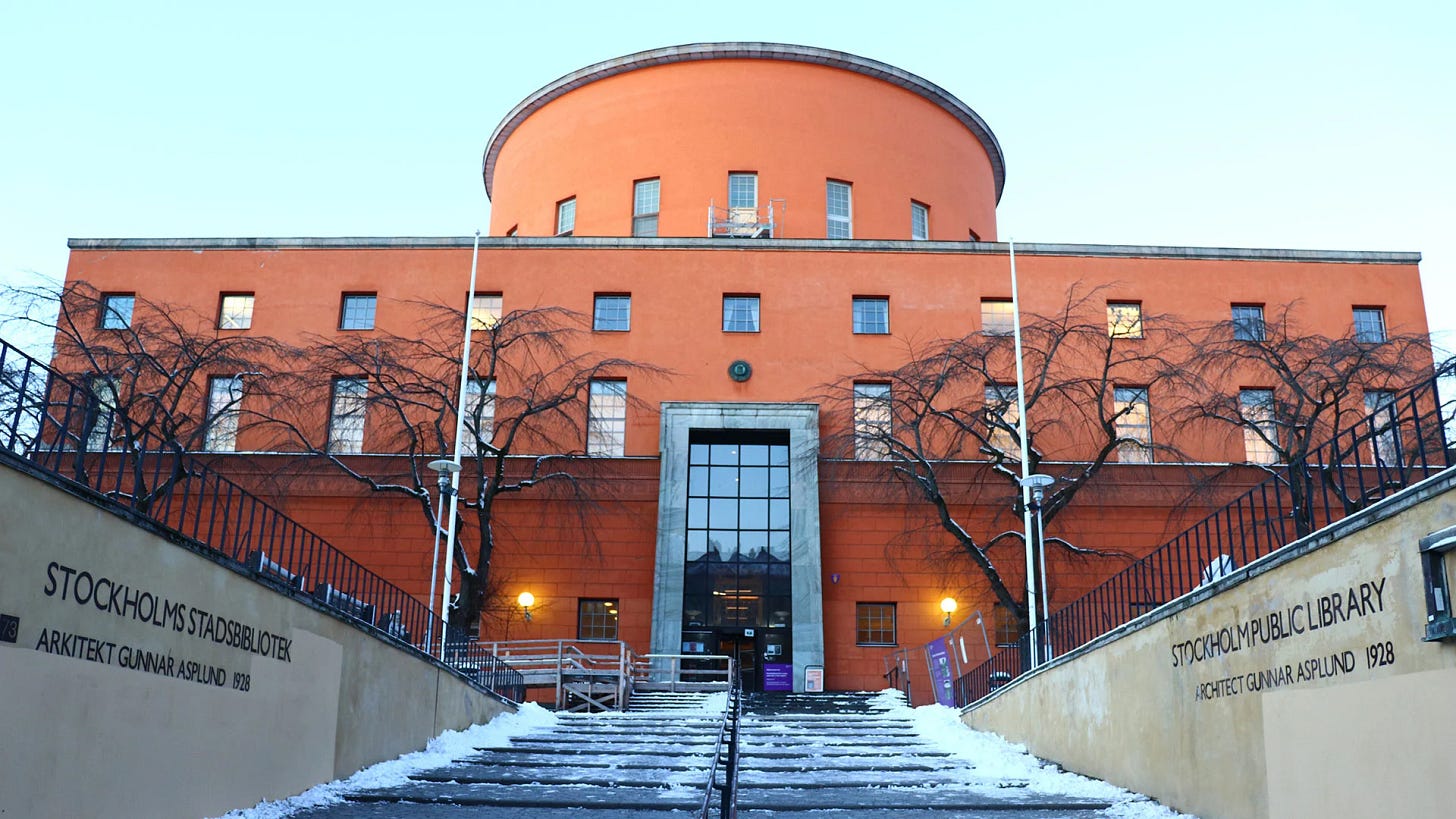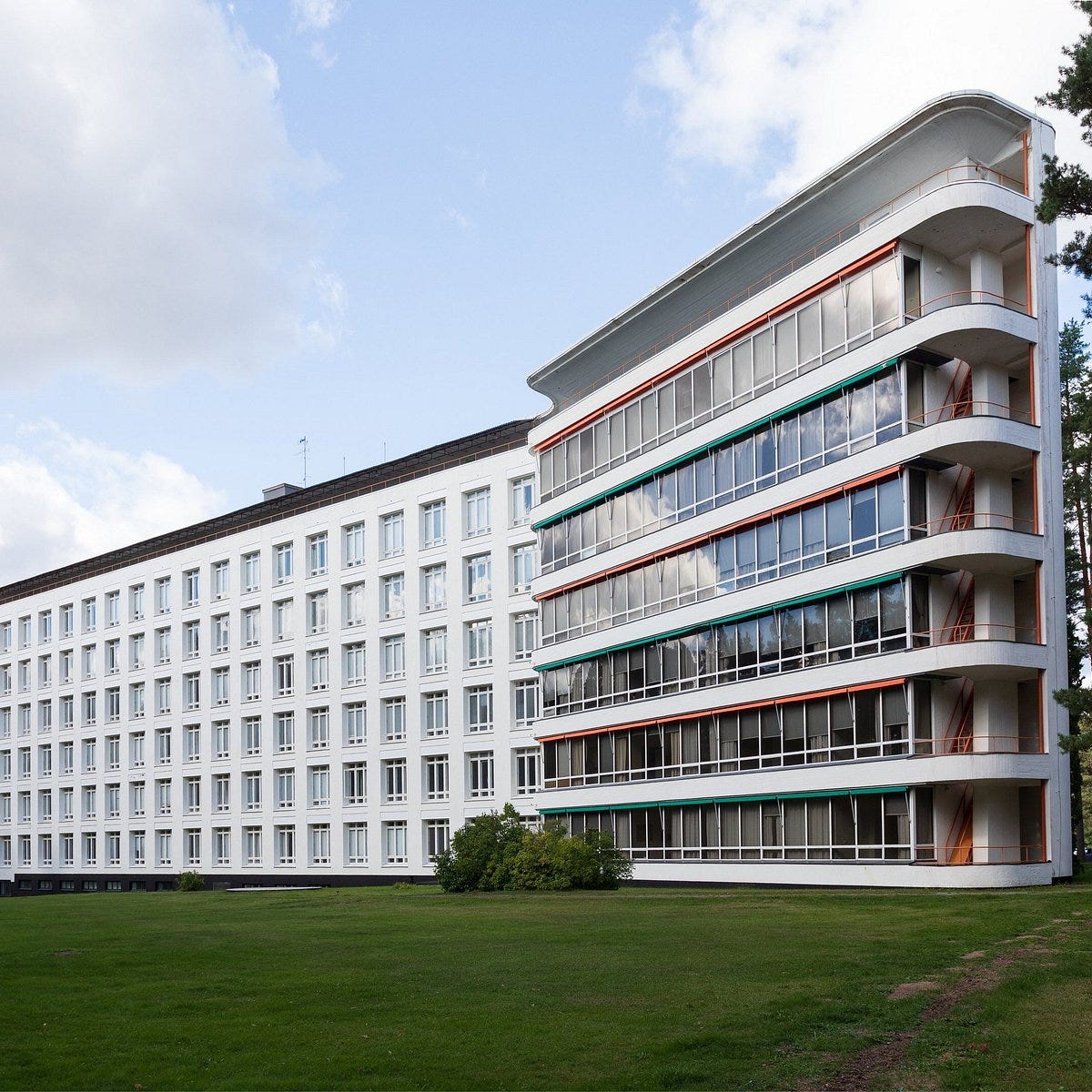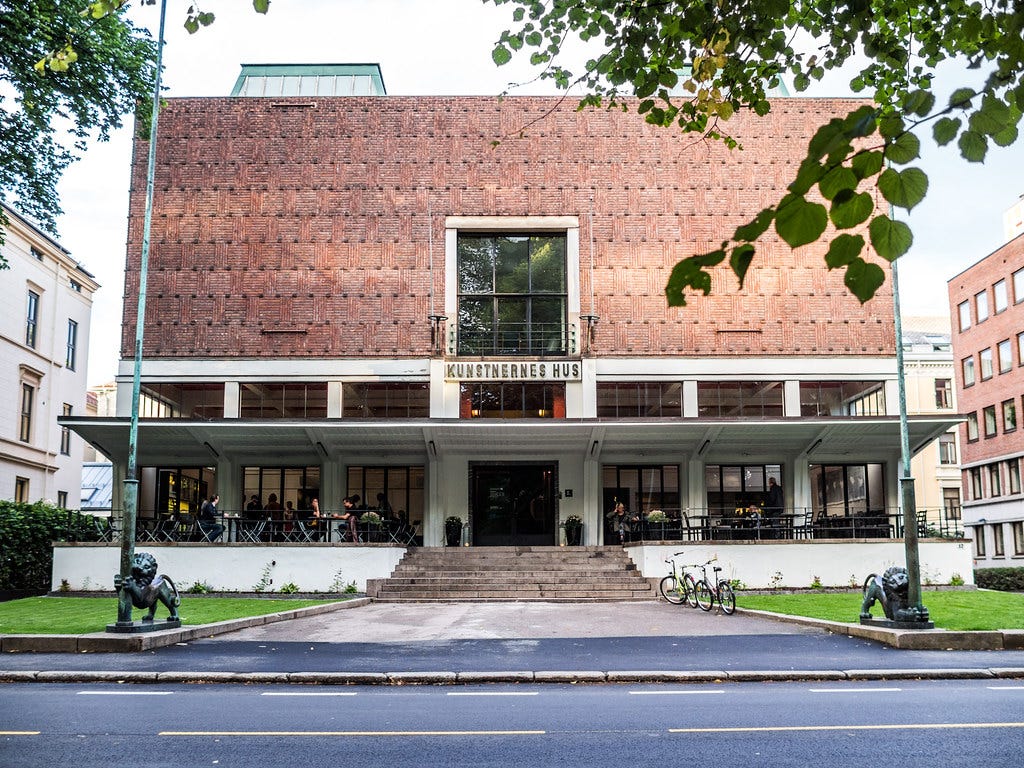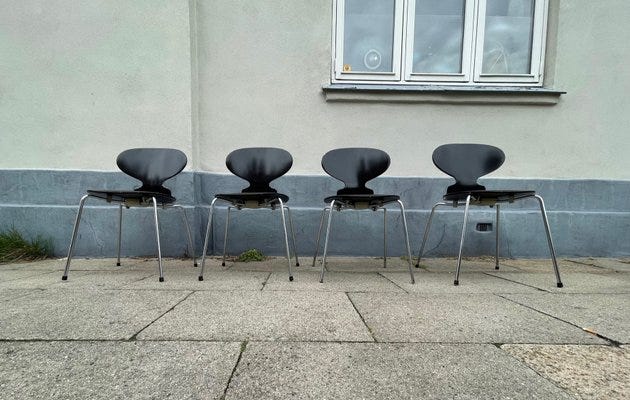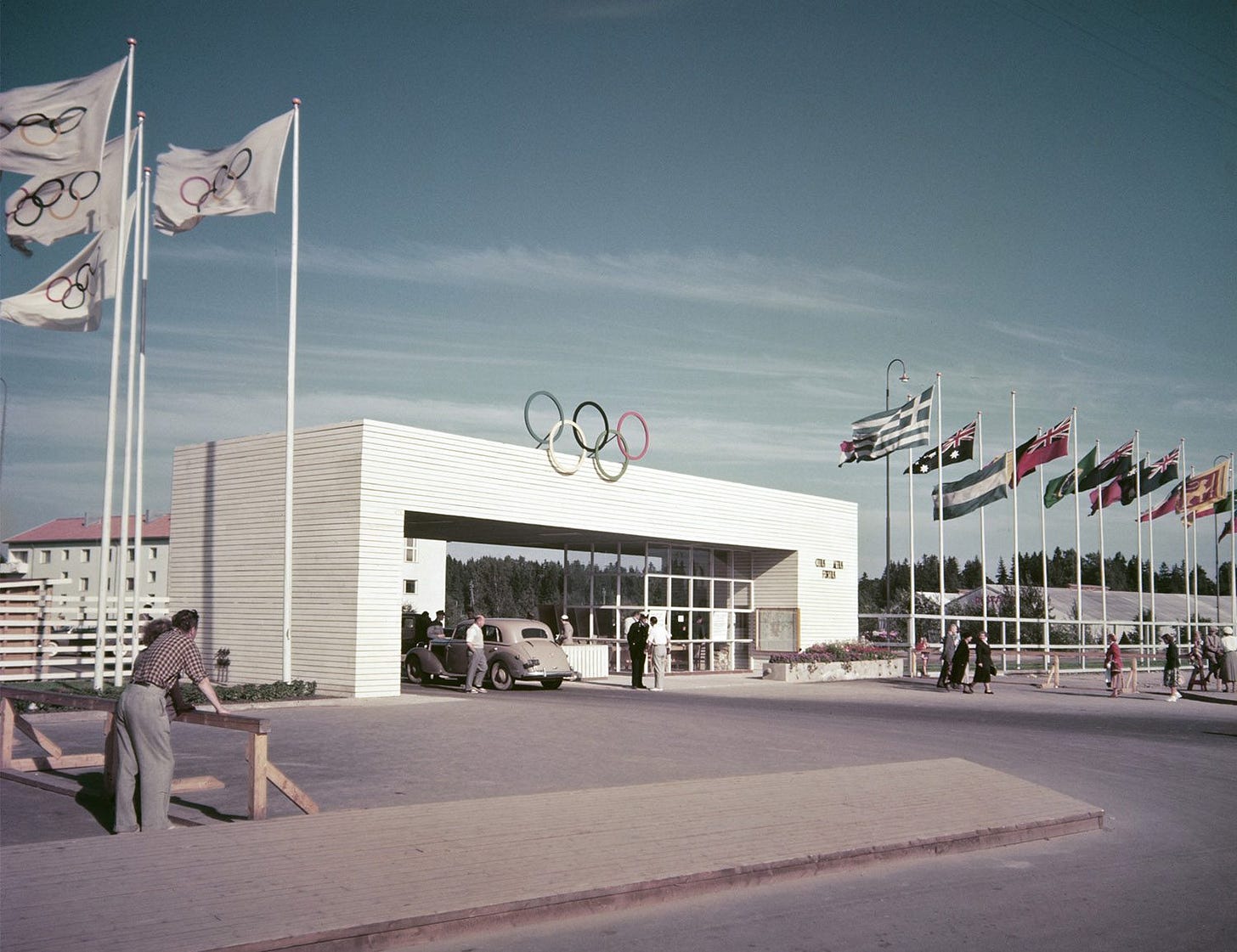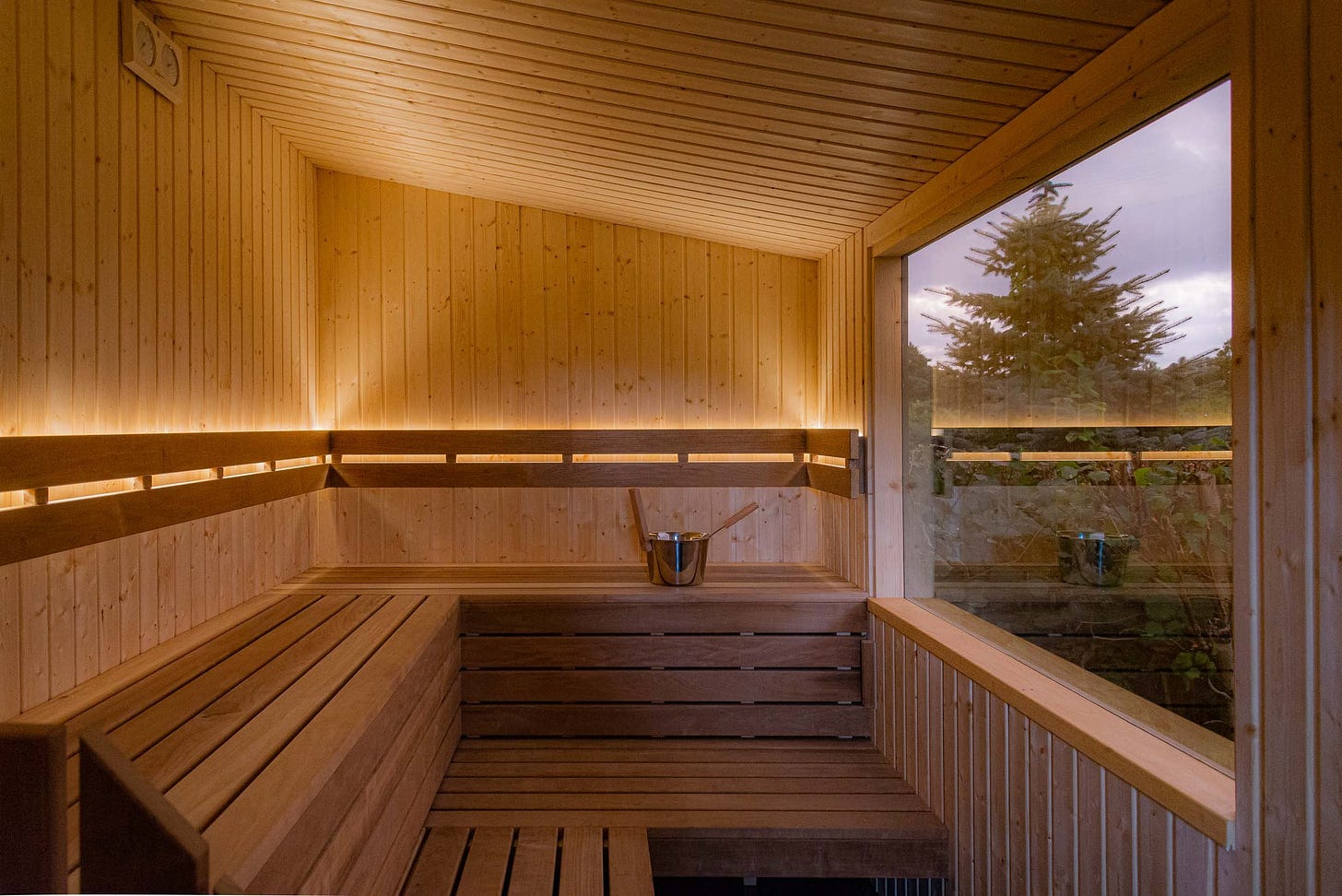Nordic Functionalism is a distinctive architectural and design movement that emerged in the early 20th century. Known for its clean lines, simplicity, and harmony with nature, this style has left an indelible mark on global architecture and design. While Nordic Functionalism is celebrated for its innovation and democratic ideals, its history is also intertwined with the socio-political complexities of its time.
The Origins of Nordic Functionalism
Nordic Functionalism, or "Funkis" as it is known in Scandinavia, arose during the 1920s and 1930s as part of the broader modernist movement. It sought to create buildings and products that were both functional and accessible, reflecting the social democratic values that were gaining traction in the Nordic countries.
Key influences on Nordic Functionalism include:
The Bauhaus Movement: The emphasis on functionality, minimalism, and mass production resonated deeply with Nordic architects.
Nature and Local Materials: Unlike the stark industrialism of some modernist movements, Nordic Functionalism often incorporated wood, stone, and other natural materials, blending designs with the surrounding environment.
Human-Centric Design: A focus on creating spaces that improved the quality of life for the average person, such as affordable housing and public buildings.
Notable Projects in Nordic Functionalism
Stockholm Public Library (Stockholm, Sweden) Designed by Gunnar Asplund in 1928, this iconic building features a cylindrical rotunda and emphasizes functional simplicity while maintaining a monumental presence. It exemplifies the harmonious integration of form and utility.
Paimio Sanatorium (Paimio, Finland) Designed by Alvar Aalto in 1933, this tuberculosis sanatorium epitomizes human-centered design. From the orientation of patient rooms to maximize sunlight to the custom-designed furniture, every detail was crafted to aid in patient recovery.
Kunstnernes Hus (Oslo, Norway) This functionalist art exhibition space, completed in 1930, highlights the movement’s adaptability to cultural needs while maintaining aesthetic clarity.
The Dark Sides of Nordic Functionalism
While Nordic Functionalism is often associated with progressive ideals, its history is not without controversy:
Eugenics and Urban Planning: In the early 20th century, eugenics policies influenced social housing projects in Nordic countries, aligning with ideas about "purity" and "efficiency." Some functionalist housing developments were part of larger efforts to segregate populations deemed "undesirable."
Erasure of Traditional Architecture: The functionalist emphasis on modernization often led to the demolition of older, traditional buildings, erasing significant aspects of cultural heritage.
Homogenization of Design: Critics argue that the movement’s emphasis on uniformity and functionality sometimes came at the expense of local identity and creativity.
Fun Facts about Nordic Functionalism
Furniture Icons: The Nordic functionalist movement gave rise to iconic furniture designs, such as Alvar Aalto’s "Paimio Chair" and Arne Jacobsen’s "Ant Chair," which remain design classics today.
Olympic Influence: The 1952 Helsinki Olympic Village was a functionalist triumph, showcasing efficient and modern housing for athletes, many of which are still in use.
Nature-Inspired Aesthetics: Functionalist architects often drew inspiration from the natural landscapes of Scandinavia, designing buildings that felt like extensions of their surroundings.
Sauna Revival: Functionalism played a role in modernizing the design of saunas, integrating them seamlessly into urban apartments.
The Legacy and Modern Relevance of Nordic Functionalism
Today, Nordic Functionalism continues to inspire architects and designers worldwide. Its principles of simplicity, sustainability, and user-centered design have proven timeless.
Eco-Friendly Design: The movement’s emphasis on harmony with nature aligns with contemporary environmental concerns, making it a precursor to sustainable architecture.
Global Influence: From IKEA furniture to minimalist Scandinavian interiors, the ethos of functionalism permeates modern design.
Preservation Efforts: Iconic functionalist buildings are now being restored and preserved, reflecting a growing appreciation for their historical and architectural significance.
Conclusion
Nordic Functionalism represents a powerful intersection of form, function, and philosophy. While its clean aesthetics and innovative designs have stood the test of time, its legacy is nuanced, reflecting both the aspirations and challenges of 20th-century Nordic society. By understanding its history, notable projects, and enduring impact, we can appreciate Nordic Functionalism not just as an architectural style, but as a lens into the evolving values of a region committed to balancing progress with tradition.


